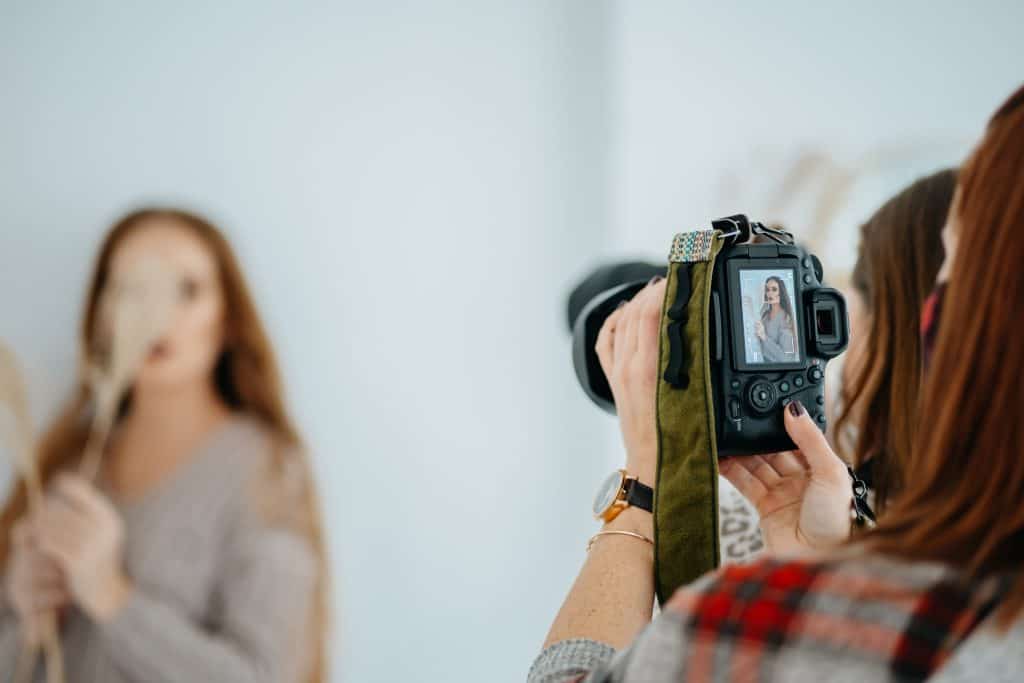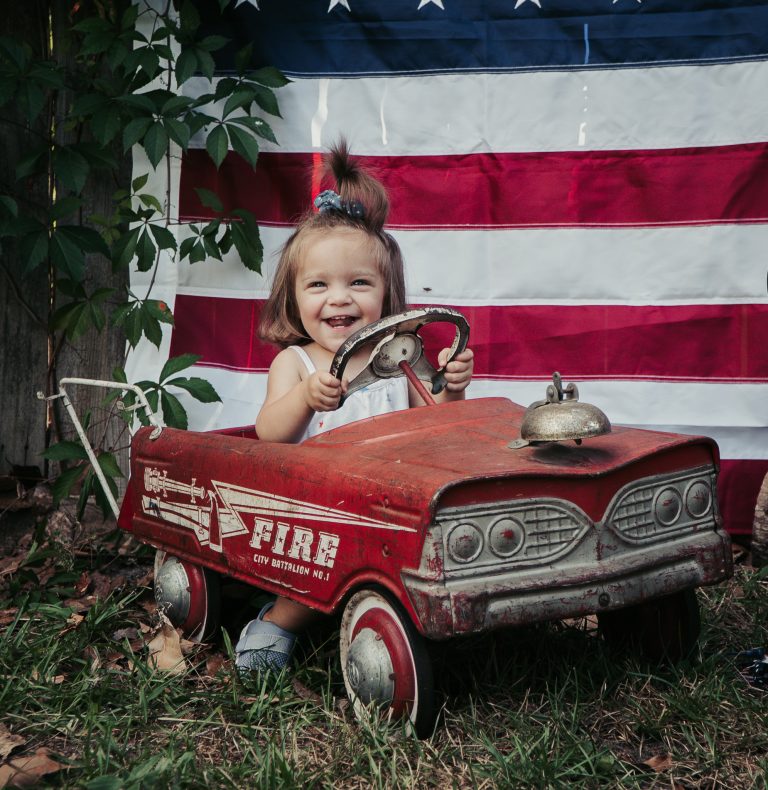Being a photographer can be a rewarding and challenging career. Have you ever wondered what goes into creating beautiful, professional-quality photographs? Here is a behind-the-scenes look at how professional photographers work and bring their images to life.
Planning & Prepration
Before a photoshoot, professional photographers spend a significant amount of time researching, scouting locations, and planning out their shots. This can involve looking at examples of similar work, studying the work of other photographers, and considering the goals and vision of their clients or models.
For example, if a photographer is planning a portrait photoshoot, they may spend time researching different lighting techniques, poses, and locations that will help capture the subject’s personality and create a cohesive look and feel. They may also consider the wardrobe and makeup choices of the subject, as these can greatly affect the final images.
Scouting locations is another important aspect of the planning process. Photographers may visit potential locations in advance to assess the lighting, background, and other factors that can impact the final images. They may also consider the logistics of the location, such as whether there is easy access, parking, and any potential challenges or distractions.
In addition to these considerations, photographers may also spend time communicating with their clients or models to understand their needs and goals. This can involve discussing the theme or concept of the photoshoot, as well as any specific requests or concerns. By taking the time to plan and prepare, photographers can help ensure that the photo shoot runs smoothly and that the final images are of the highest quality.
Setting Up The Shoot
On the day of the photoshoot, photographers arrive early to set up their equipment and test out lighting and compositions. This can involve setting up tripods, lighting stands, and other gear, as well as testing out different lenses and camera settings.
Depending on the type of photo shoot, photographers may also work with stylists, makeup artists, and other professionals to ensure that everything is ready to go. For example, a fashion photographer may work with a stylist to choose the wardrobe and accessories for a photo shoot, while a wedding photographer may work with a makeup artist to ensure that the subjects are looking their best.
Capturing The Images
During the photoshoot, photographers work to capture a variety of images, using different angles, compositions, and techniques to get the best results. This can involve taking multiple shots of the same pose or location from different angles, as well as trying out different lighting setups and camera settings.
To get the most out of the photo shoot, photographers often work with their subjects to direct them and help them feel comfortable in front of the camera. This can involve giving feedback on poses, expressions, and other factors that can impact the final images.
Post-processing & Editing
After the photo shoot, photographers spend time reviewing and selecting the best images. This can involve going through hundreds or even thousands of images and choosing the ones that are most impactful and visually appealing.
Once the best images are selected, photographers use software like Photoshop or Lightroom to make adjustments and enhance the images. This can involve things like color correction, removing blemishes or distractions, and retouching elements of the image to create a cohesive look.
It’s important to note that post-processing and editing are an integral part of the photographer’s process and can greatly impact the final look of the images. By taking the time to carefully edit and refine their images, photographers can create stunning, professional-quality results
Delivering The Final Images
Once the images are edited and finalized, photographers deliver them to their clients or post them online for others to see. This can involve providing digital copies of the images, as well as offering additional services such as printing or framing.
Marketing & Business Management
In addition to shooting and editing, photographers often spend time on marketing and business management tasks. This can involve things like updating their website and social media accounts, networking with clients and industry professionals, and managing their finances. Building and maintaining relationships is an important part of being a photographer. Photographers often work with a variety of clients and industry professionals, and it’s important to establish and maintain good relationships in order to build a successful business. This can involve networking, building a strong online presence, and providing excellent customer service.
Continuing education & Staying Up To Date
Professional photographers often take continuing education courses or workshops to stay up to date on the latest techniques and technologies. This can involve attending conferences, workshops, or online courses, and can help photographers improve their skills and stay competitive in the industry. This also means that Photographers must find a balance between creativity and technical skills. Photographers need to be able to think creatively and come up with new ideas, while also being able to master the technical aspects of photography, such as lighting, composition, and post-processing.
Managing Time & Workload
Managing time and workload is an important part of being a photographer. Photographers often have a variety of tasks and deadlines, and it’s important to prioritize and manage their time effectively to ensure that everything gets done. This can involve using tools like calendars and project management software to stay organized and on top of their workload.
Dealing With Challenges & Unexpected Situations
As with any career, being a photographer can involve dealing with challenges and unexpected situations. This can include things like inclement weather, technical issues, or unexpected client requests. Photographers need to be adaptable and resourceful in order to overcome these challenges and produce the best possible results.
Overall, being a photographer involves a variety of tasks and responsibilities. From the planning and preparation stages to the final delivery of the images and beyond…they work to ensure that every aspect of the photoshoot is as successful as possible.



